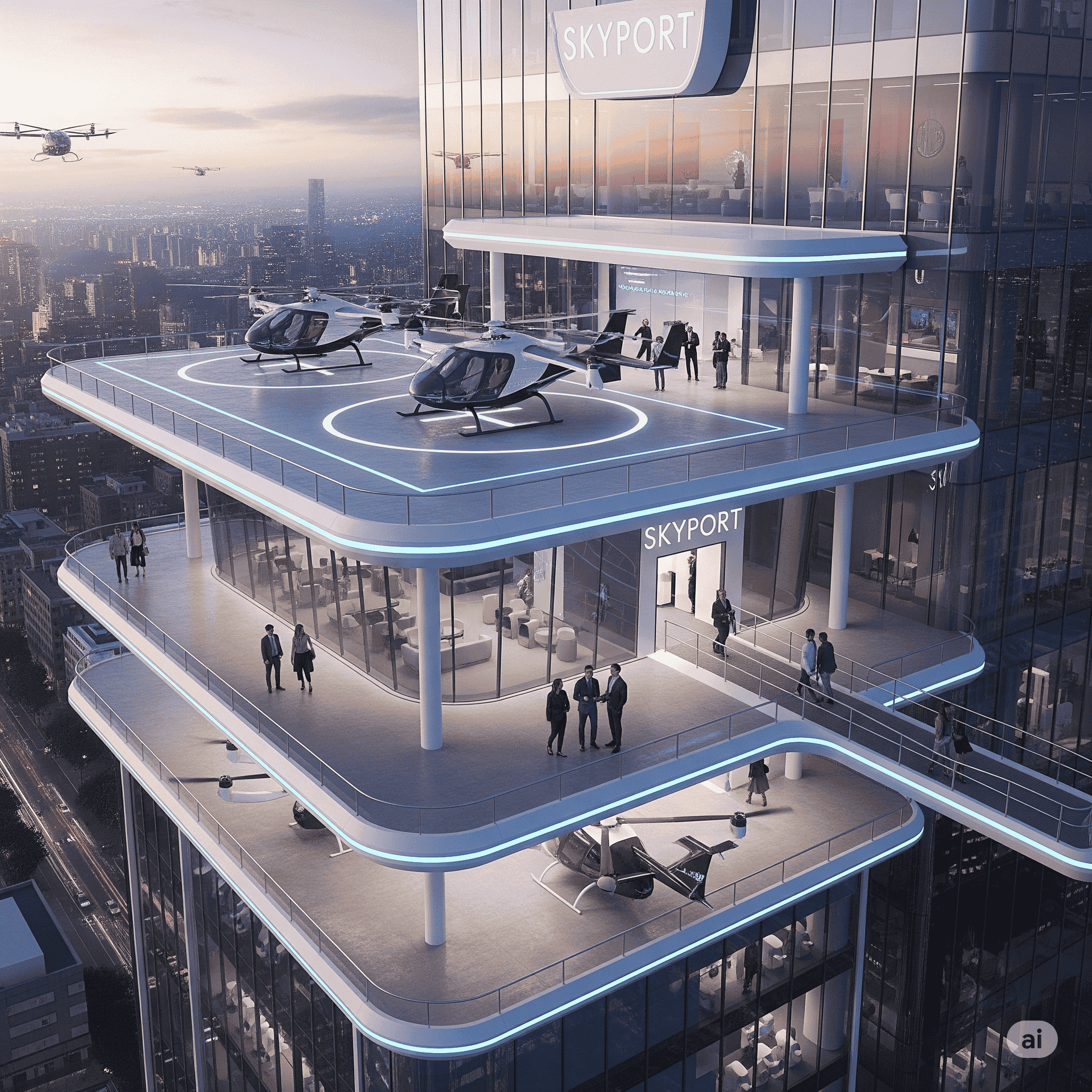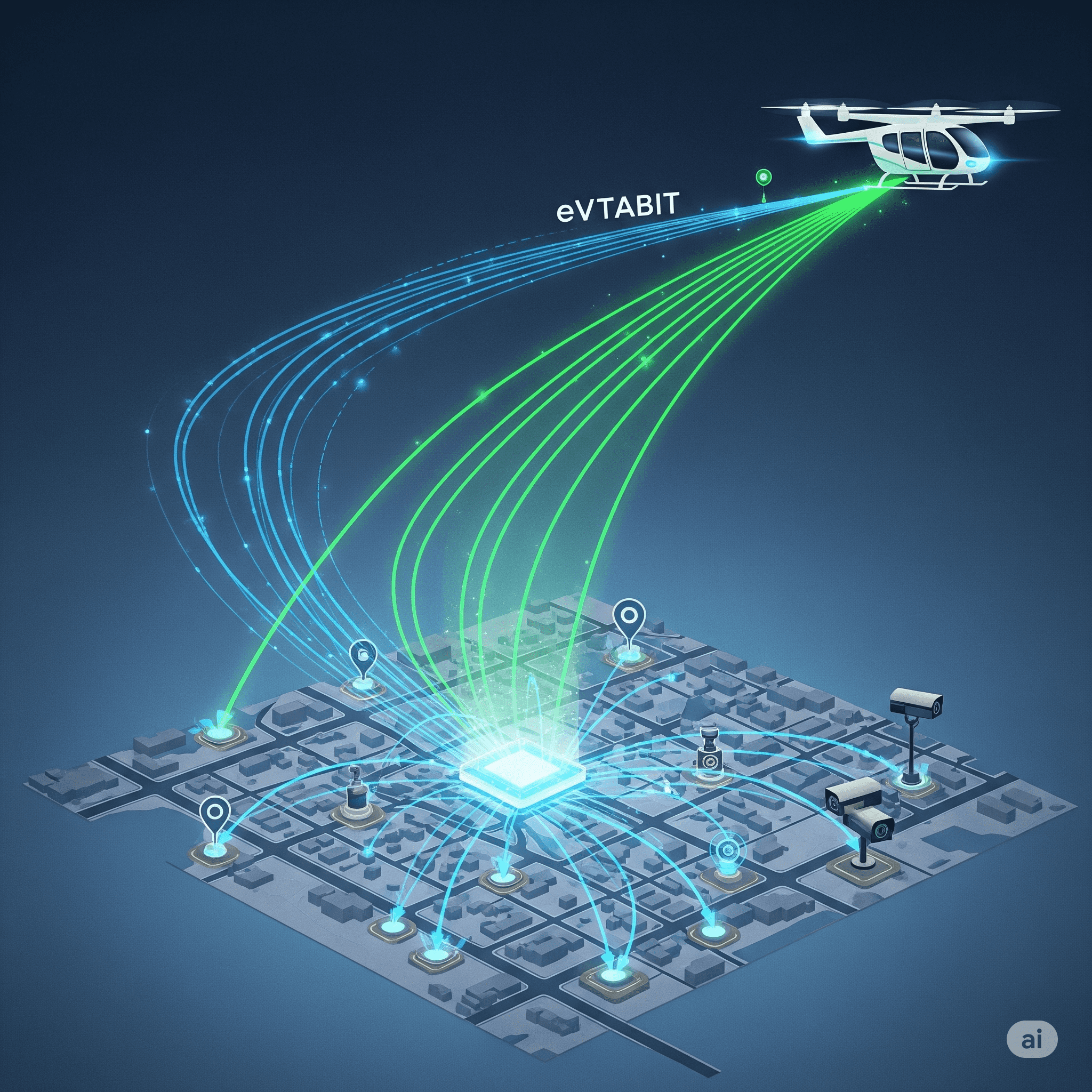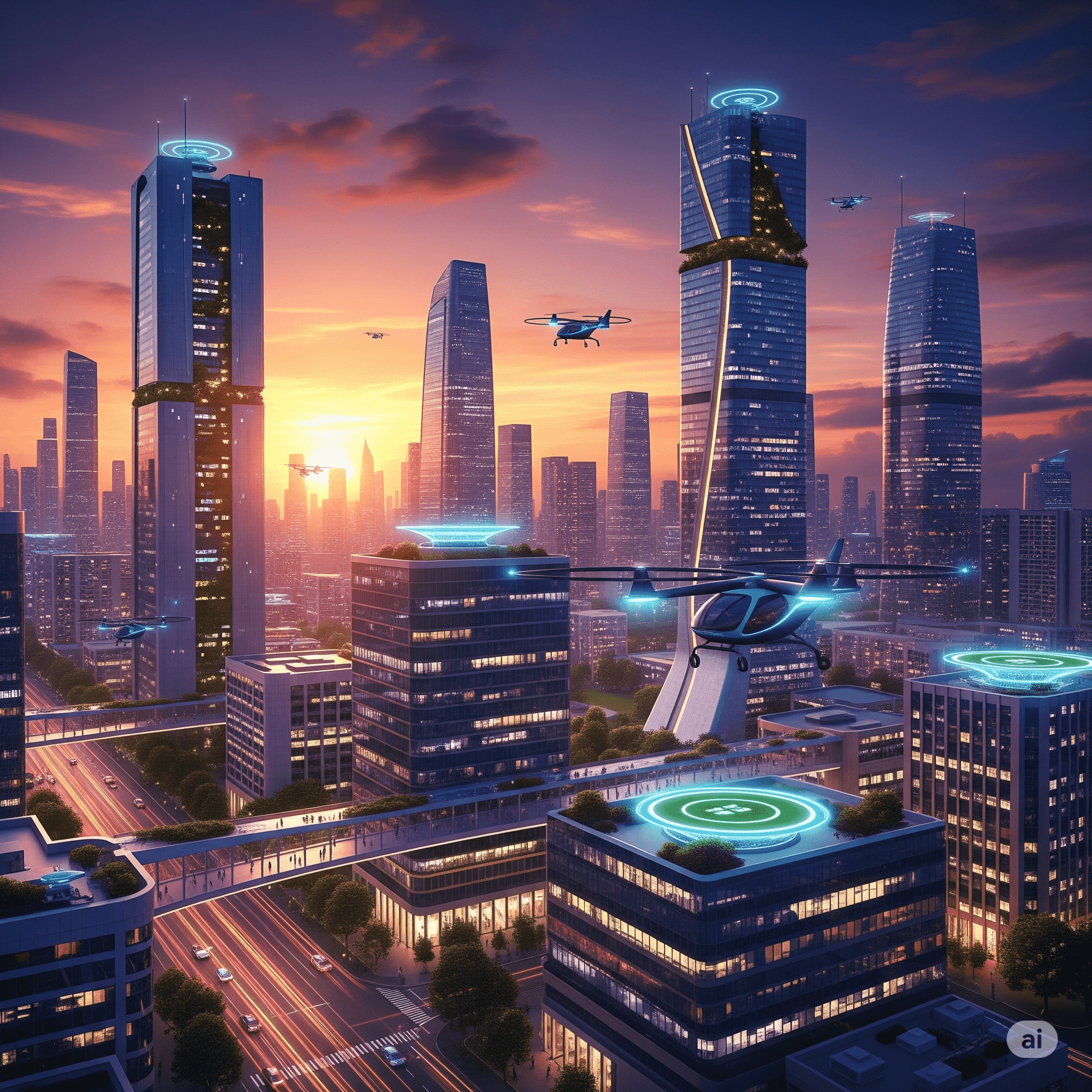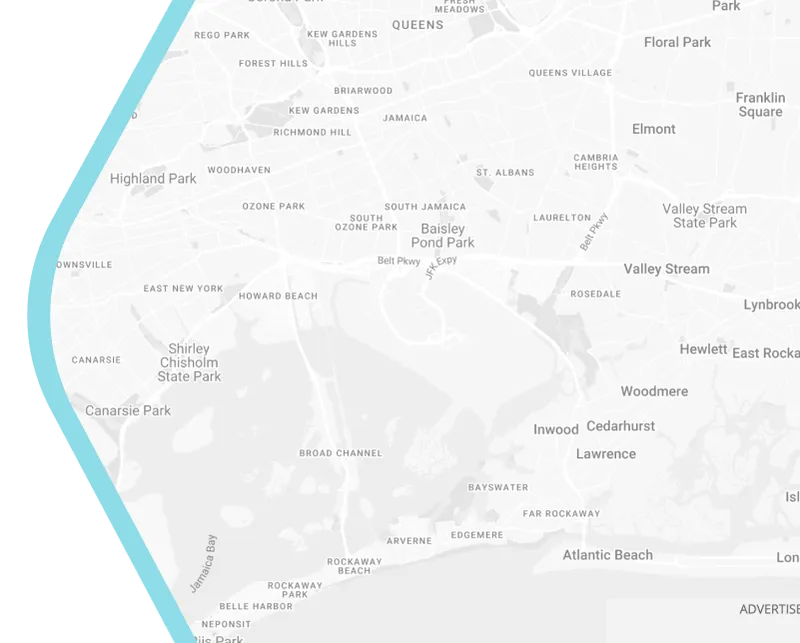
The Sky's the Limit: Designing Urban Vertiports for Future City Skies
For decades, the concept of flying cars has been relegated to the realm of science fiction. Today, however, that vision is closer than ever to becoming a reality. The next generation of urban transit isn't on the roads but above them, in the form of electric vertical take-off and landing (eVTOL) aircraft—often referred to as air taxis or autonomous drones. These vehicles promise to revolutionize how we move through cities, but they can't simply land anywhere. They require specialized infrastructure: vertiports. Designing these urban vertiports is a niche, yet critical, field that will shape the future of urban air mobility (UAM) and integrate the sky into the smart city ecosystem.
What is a Vertiport?
Think of a vertiport as a modern, compact airport for eVTOLs. Unlike traditional airports that require sprawling runways, vertiports are designed to be integrated seamlessly into the urban environment. They can be built on rooftops of existing buildings, in converted parking lots, or even as standalone structures near major transit hubs. Their primary function is to provide a safe, regulated space for aircraft to take off, land, and recharge. This is a core component of the broader vision of designing urban air mobility.
A well-designed vertiport is more than just a helipad. It is a hub of technology and connectivity, featuring:
- Charging Stations: High-power electric chargers to quickly refuel the eVTOL batteries.
- Passenger Terminals: Comfortable waiting areas with clear navigation and security.
- Air Traffic Management Systems: Advanced digital systems to safely coordinate arrivals and departures.
- Maintenance Facilities: On-site or nearby services for routine checks and repairs.
The Core Challenges of Vertiport Design
Integrating air traffic into the dense urban landscape presents a unique set of challenges. Planners and designers must consider a multitude of factors to ensure these systems are safe, sustainable, and socially acceptable.
1. Safety and Regulations
Safety is, without a doubt, the top priority. Vertiports must be designed to withstand all weather conditions and operate with minimal risk to people and property on the ground. This requires stringent engineering standards, robust fire suppression systems, and clear safety protocols. From a regulatory perspective, governments are actively working to create new frameworks to manage this novel form of transit, ensuring that vertiports and the vehicles they service are part of a larger, secure system. This is a vital element of navigating the autonomous electric future.
2. Noise and Urban Integration
A major concern for residents is noise pollution. While eVTOLs are significantly quieter than helicopters, they are not silent. Planners must strategically locate vertiports away from sensitive areas like hospitals and schools and use innovative acoustic dampening materials to minimize their impact on nearby neighborhoods. Furthermore, vertiports need to integrate visually with the city's architecture, avoiding the creation of unsightly or intrusive structures that detract from the urban aesthetic.
3. Accessibility and Connectivity
For urban air mobility to be a viable public service, vertiports must be easily accessible. They need to be strategically located to connect with existing ground transportation networks, such as subway stations, bus terminals, and major roadways. Designing vertiports to be hubs that link seamlessly with other transit options will be crucial to their success. This interconnectedness allows for a truly multi-modal transportation system, enhancing mobility and giving residents more options.
The Smart City's Role in a Flying Future
The success of urban air mobility depends heavily on the underlying infrastructure of a smart city. Vertiports cannot operate in isolation; they must be connected to the city's broader digital nervous system.
Air Traffic Management (ATM): A city's ATM system will be the brain of urban air mobility. This smart system will use AI and real-time data to manage flight paths, prevent collisions, and ensure the efficient flow of air traffic. This is an extension of how we already use AI for traffic management on the ground, just on a different plane.
Public Safety: Vertiports and eVTOLs must also be integrated into the city’s public safety network. This includes real-time monitoring to detect potential security threats, a critical component of enhancing public safety in smart cities.

A New Era of Urban Mobility
While the widespread adoption of eVTOLs is still a few years away, the work of designing and planning vertiports is happening now. Pioneers in the field are developing standards and testing prototypes that will one day become a common sight in our cities. From reducing commute times to providing rapid emergency response, the benefits of urban air mobility are transformative.
The path forward requires a blend of innovative architecture, intelligent engineering, and thoughtful urban planning. The challenge is to build a new layer of transportation that is not only effective but also harmonious with the existing urban fabric. The reward is a more connected, efficient, and dynamic city where the sky is no longer a barrier but a new avenue for growth and opportunity.

[Image placeholder]
- Alt Text (Long): A vibrant, wide-angle shot of a futuristic urban skyline at sunset, featuring multiple vertiports on rooftops. A few electric air taxis are visible in the sky, blending into the cityscape. The image represents an optimistic vision of a connected and advanced urban future.
- Alt Text (Short): Futuristic city skyline with vertiports.
Ready to Design the Future of Your City?
The next era of smart city development is already taking to the skies. At Smart City Solutions, we specialize in helping cities and organizations prepare for this transformation by providing strategic guidance on future-forward infrastructure.
Our experts can help you navigate the complexities of urban air mobility, from feasibility studies to the design and integration of advanced vertiport solutions. We are committed to building safe, sustainable, and innovative urban environments, both on the ground and in the air.
Contact us today to schedule a consultation and learn how we can help you build a smarter, more sustainable future for your community.
